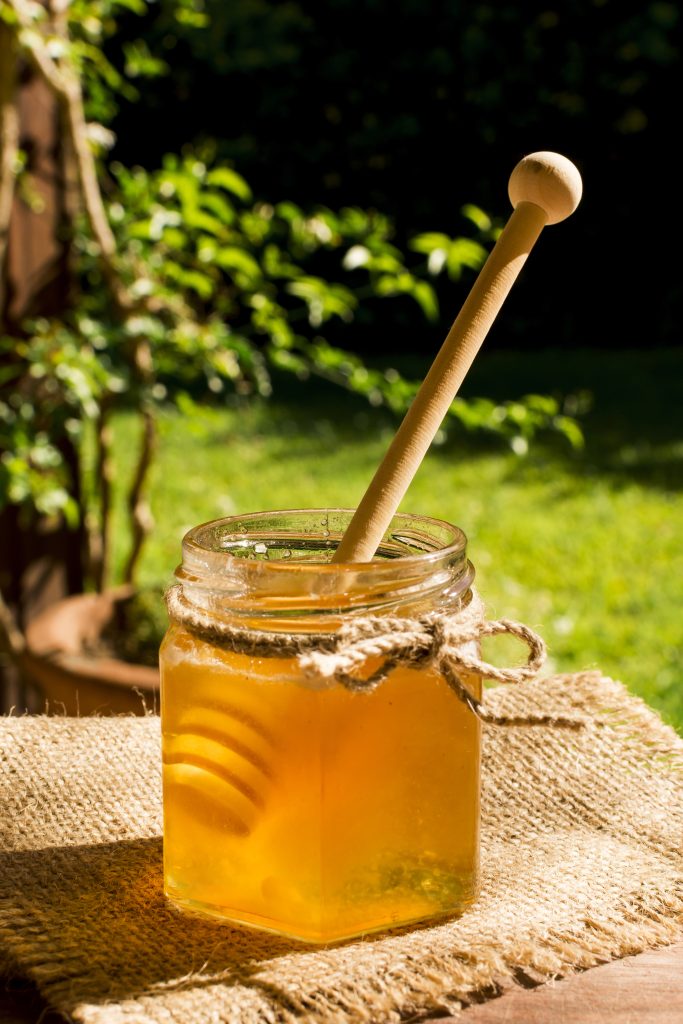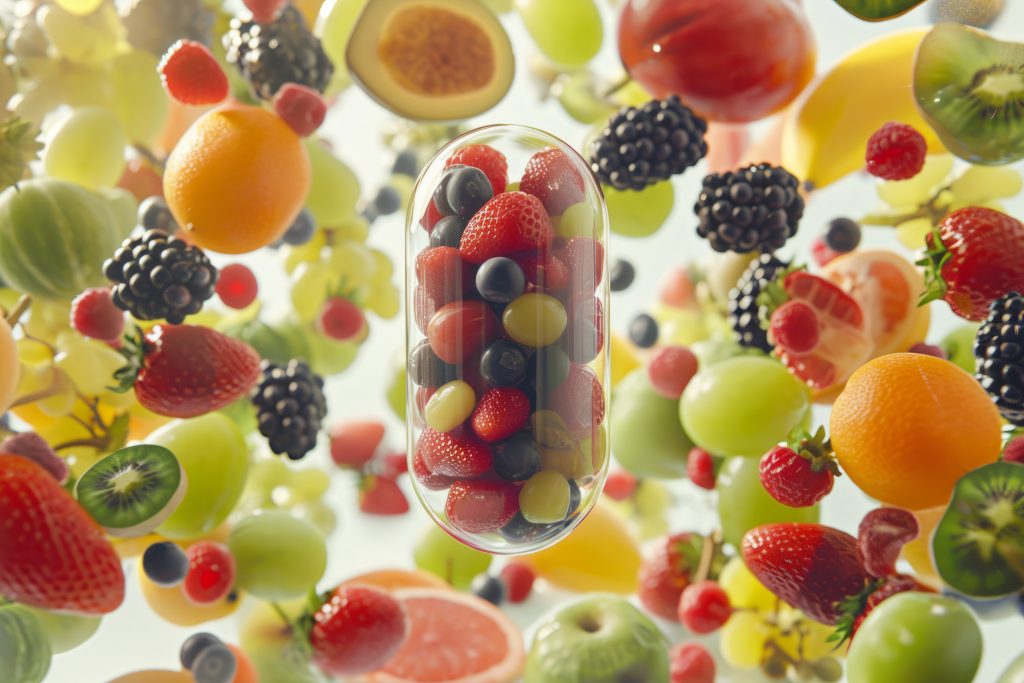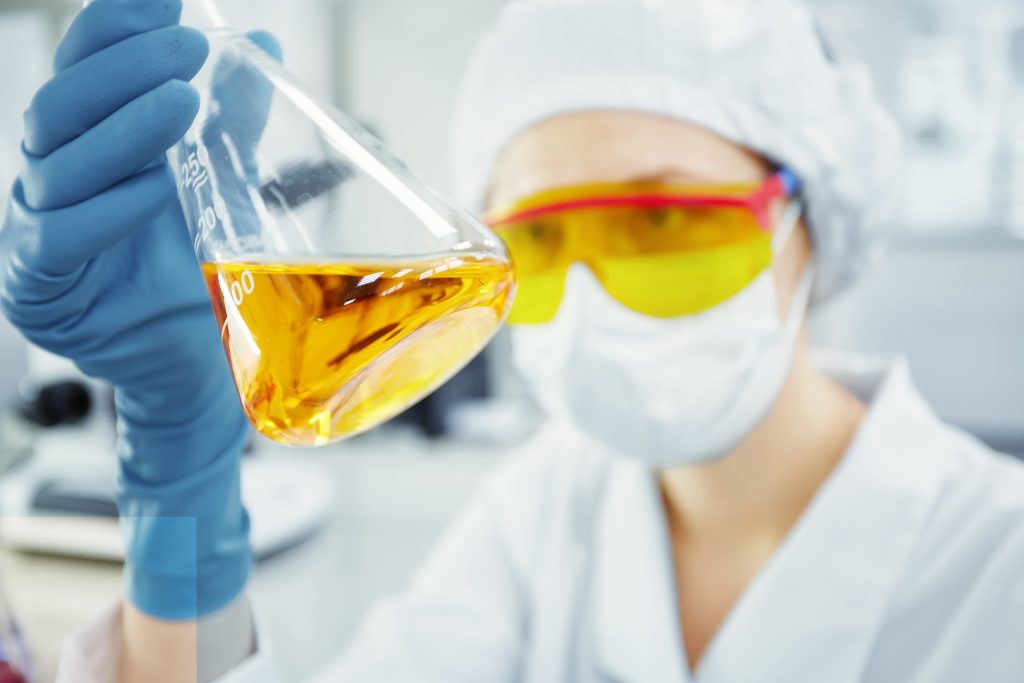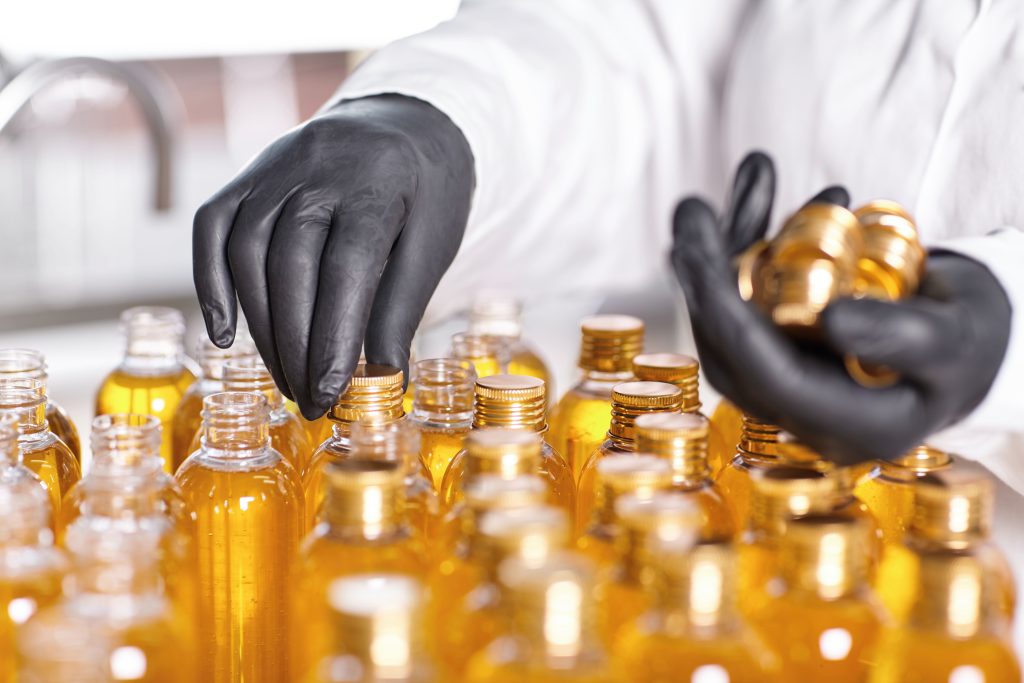
Introduction: From Ancient Wisdom to Modern Science
For thousands of years, honey has been treasured across cultures not just as a sweetener, but as a powerful medicine. Ancient Egyptians used it in healing rituals, while traditional medicine practitioners in Asia and the Middle East prescribed it for everything from wound care to digestive issues. Today, modern scientific research is finally catching up to what our ancestors knew all along: honey is far more than just sweet. It’s a complex biological substance packed with compounds that can genuinely help prevent and manage some of our most pressing chronic health challenges.
But what makes honey so special? The answer lies in its remarkable chemical composition. Within a single jar of honey, you’ll find approximately 200 different substances working together synergistically. These aren’t random compounds they’re powerful molecules that your body recognizes and can use to fight inflammation, combat harmful bacteria, neutralize dangerous free radicals, and even support your heart and brain health.
In this comprehensive guide, we’ll explore the science behind honey’s healing properties, breaking down exactly which compounds do what, and how they can help protect you from chronic diseases that affect millions of people worldwide.
What’s Inside the Jar? Understanding Honey’s Chemical Composition

When you look at honey, what you’re really looking at is nature’s most concentrated source of bioactive compounds. Understanding what these compounds are and how they work is key to appreciating why honey deserves a place in your daily health routine.
The Main Players: Phenolic Compounds and Flavonoids
The star of honey’s therapeutic show is a group of molecules called phenolic compounds, with flavonoids being among the most important. These aren’t just scientific names they’re actual chemicals that have been studied extensively in laboratories and clinical settings.
Honey’s content in flavonoids and phenolic acids plays a key role in human health, thanks to the high antioxidant and anti-inflammatory properties that they exert. Think of these compounds as bodyguards for your cells. When your body metabolizes food and deals with stress, it produces harmful molecules called free radicals. These free radicals are like tiny terrorists attacking your healthy cells. Antioxidants neutralize them before they can do damage.
The specific flavonoids found in honey include quercetin, kaempferol, apigenin, and several others. These phenolic and flavonoid compounds have antioxidant and anti-platelet potential, which can ameliorate cardiovascular diseases through various mechanisms, such as by decreasing oxidative stress and inhibiting blood clotting processes. This is particularly important because heart disease remains the leading cause of death globally.
Beyond Flavonoids: The Complete Picture
Honey isn’t a one-trick pony. Beyond flavonoids, it contains phenolic acids, vitamins (especially vitamin C), minerals, and enzymes. Some of the chemicals in honey responsible for its medicinal properties include hydrogen peroxide, methylglyoxal, and phenolic molecules. These compounds work together like an orchestra each playing its part to create a symphony of healing.
The hydrogen peroxide found naturally in honey is particularly fascinating. Unlike the harsh chemical hydrogen peroxide you might use to clean wounds at home, the tiny amounts in honey are carefully balanced with enzymes that control its activity, making it safe yet antimicrobial.
Honey’s Superpower: How It Prevents and Manages Chronic Diseases
Now that you understand what’s in honey, let’s talk about what it actually does for your health. The research shows that honey can play a meaningful role in preventing and managing multiple chronic diseases that plague modern society.
Cardiovascular Health: Protecting Your Heart
Heart disease, stroke, and related conditions claim millions of lives every year. What’s encouraging is that honey can be part of a strategy to reduce your risk.
Through its anti-inflammatory effects, flavonoids, phenolic acids, and vitamin C in honey contribute to improving the efficiency of the heart muscle, regulating blood pressure, and preventing arrhythmia. Think of it this way: your arteries are like highways for blood. When they become inflamed or damaged, blood flow slows down and pressure builds up. Honey’s compounds reduce that inflammation and help keep your arteries flexible and healthy.
The anti-platelet properties mentioned earlier are also crucial. Blood clots are necessary to stop bleeding from a wound, but inappropriate clotting inside your arteries is what causes heart attacks and strokes. Honey helps prevent dangerous clotting without interfering with your body’s natural clotting ability.
Metabolic and Diabetic Health
Type 2 diabetes affects hundreds of millions of people worldwide. One of the biggest myths is that people with diabetes can’t use honey because it’s sweet. The reality is more nuanced. While people with diabetes should be mindful of portion sizes (as with all foods), honey’s compounds actually offer metabolic benefits.
The polyphenols in honey help regulate blood sugar levels and improve insulin sensitivity. They also have anti-inflammatory properties that address one of the root causes of diabetes. When your body is chronically inflamed, it’s more likely to develop insulin resistance. By calming that inflammation, honey supports better metabolic health.
Fighting Infection: The Antimicrobial Arsenal
The antimicrobial action of honey is multifactorial, involving hydrogen peroxide production, phenolic compounds, high sugar concentrations, and the presence of bee defensin-1. This is why honey has been used successfully in clinical settings for wound care, even in modern hospitals.
The high sugar content creates an environment where bacteria struggle to survive. The hydrogen peroxide production is controlled and gentle. The phenolic compounds actively fight bacteria. And bee defensin-1 is a small protein with powerful antimicrobial properties. Together, these mechanisms make honey effective against a wide range of bacteria, fungi, and viruses without the side effects of many pharmaceutical antibiotics.
This is increasingly important as antibiotic resistance becomes a major global health crisis.
Brain Health and Neuroprotection
Your brain is remarkably vulnerable to oxidative stress and inflammation. These two factors underlie many neurodegenerative diseases like Alzheimer’s and Parkinson’s.
Polyphenols, flavonoids and vitamins present in honey act as antioxidants and anti-inflammatory agents that can protect neurons against damage and enhance cognitive function. This protection happens at the cellular level honey’s compounds actually penetrate the brain (passing through something called the blood-brain barrier) and shield your neurons from the daily assault of oxidative stress.
Additionally, honey has been shown to demonstrate protective activities on the nervous system through in vitro and in vivo studies that have confirmed antioxidant, antimicrobial, antiviral, and anticancer properties.
The Microbiota Connection: Why Your Gut Bacteria Matter
One of the most exciting areas of modern nutrition science is understanding the human microbiome the trillions of bacteria and other microorganisms living in your gut. These aren’t invaders to be eliminated; they’re partners in your health.
This is where honey becomes even more interesting. Polyphenols, abundant in honey and other plant foods, increase beneficial bacteria like Bifidobacterium and Lactobacillus, which provide anti-pathogenic and anti-inflammatory effects and cardiovascular protection. In other words, when you consume honey, you’re not just getting the direct benefits of its compounds you’re also feeding your gut bacteria the right information to produce more protective compounds themselves.
Your gut bacteria produce short-chain fatty acids like butyrate from dietary fiber. These fatty acids are like fuel for your intestinal cells and send anti-inflammatory signals throughout your body. By promoting the growth of beneficial bacteria, honey indirectly supports this entire system.
This gut-health connection is particularly important for chronic disease prevention because your gut health influences your immune system, your metabolism, your mood, and even your risk of heart disease and diabetes.
Different Types of Honey: Does It Matter?
A common question is whether all honey is created equal. The answer is no—the type of honey can significantly influence its therapeutic properties.
Phenolic compounds are substances that can determine antioxidant activity and can be employed as biomarkers of floral and geographical origin. This means the flowers the bees visited, the climate where those flowers grew, and even the altitude all influence honey’s chemical makeup.
Dark honeys like buckwheat or manuka honey typically contain higher levels of phenolic compounds and antioxidants than lighter honeys. Manuka honey from New Zealand has gained particular attention for its exceptional antimicrobial properties. However, even lighter honeys contain meaningful amounts of beneficial compounds.
For maximum health benefits, look for raw or minimally processed honey from a single floral source (called monofloral honey) when possible. Processing and heating can destroy some of the delicate compounds that make honey medicinal.
How to Use Honey for Maximum Health Benefits
Understanding honey’s chemistry is one thing; actually using it effectively is another. Here are practical ways to incorporate honey into your daily routine for genuine health benefits:
For Daily Wellness: A teaspoon of raw honey each morning can start your day with an antioxidant and anti-inflammatory boost. This is particularly beneficial if you’re managing stress, which increases your body’s oxidative load.
For Digestive Health: Honey with warm water helps soothe your digestive tract and supports beneficial gut bacteria. This is especially helpful if you’re dealing with irritation or inflammation in your digestive system.
For Cardiovascular Support: A tablespoon of honey daily as part of a balanced diet contributes to heart health. The key is using it as a replacement for refined sugar, not as an addition to your existing calorie intake.
For Immune Support: Combining honey with other immune-supporting foods (like ginger or lemon) creates a powerful wellness elixir. This is particularly valuable during cold and flu season.
For Wound Care: While this requires medical-grade honey products (not regular table honey), honey can accelerate healing in clinical settings when applied topically.
The Evidence: What Research Really Shows

It’s important to distinguish between traditional use and scientific proof. While honey has been used medicinally for millennia, modern research is increasingly validating these traditional applications.
Several in vitro and in vivo studies have demonstrated honey’s antimicrobial, antiviral, antifungal, anticancer, and antidiabetic properties. These aren’t just test-tube studies many have involved real human subjects showing measurable improvements in health markers.
However, it’s worth noting that honey is not a pharmaceutical drug. It works gradually, supporting your body’s natural healing processes rather than forcing immediate biochemical changes. This is actually one of its greatest strengths it supports health without the side effects of many medications.
The research also shows that honey works best as part of a comprehensive health approach that includes regular exercise, stress management, quality sleep, and a whole-foods diet rich in plants. Think of honey as part of your health toolkit, not the entire toolkit.
Safety Considerations and Who Should Be Cautious
While honey is generally safe for most adults, there are important exceptions:
Infants under one year: Should never consume honey due to the risk of botulism, a rare but serious condition.
People with severe glucose intolerance: Should consult with their healthcare provider about honey’s use, as it does contain natural sugars.
People taking certain medications: Those on blood thinners should discuss honey consumption with their doctor, as it has mild anti-clotting properties.
Allergies: People with pollen allergies should be cautious, though local honey is sometimes used to help with allergies through gradual desensitization.
For most people, honey is a safe addition to a healthy diet when consumed in reasonable amounts.
My Thoughts
Connecting the Science to Real Health
The more I delve into honey’s chemistry, the more I see its potential as a therapeutic food. My recent Master’s at the University of Burgos in Spain, with its close contact with colmena (beehives) and honey analysis, solidified my belief that it goes beyond just being delicious. Honey’s complex compounds and their positive effects on gut microbiota, as evidenced by science, offer a way to restore the food-body connection disrupted by modern diets and help to prevent chronic diseases.

References
- Honey and Its Phenolic Compounds as an Effective Natural Medicine for Cardiovascular Diseases in Humans. Nutrients, 2020. Available at: https://www.mdpi.com/2072-6643/12/2/283
- Phenolic Compounds in Honey and Their Associated Health Benefits: A Review. Molecules, 2018. PMC6225430. Available at: https://pmc.ncbi.nlm.nih.gov/articles/PMC6225430/
- Beneficial roles of honey polyphenols against some human degenerative diseases: A review. ScienceDirect, 2017. Available at: https://www.sciencedirect.com/science/article/abs/pii/S1734114017302621
- Honey and its nutritional and anti-inflammatory value. BMC Complementary Medicine and Therapies, 2021. Available at: https://bmccomplementmedtherapies.biomedcentral.com/articles/10.1186/s12906-020-03170-5
- In vitro prospective healthy and nutritional benefits of different Citrus monofloral honeys. Scientific Reports, 2023. Available at: https://www.nature.com/articles/s41598-023-27802-1
- Phenolic Compounds in Honey and Their Relationship with Antioxidant Activity, Botanical Origin, and Color. Antioxidants, 2021. Available at: https://www.mdpi.com/2076-3921/10/11/1700
- Honey and its Anti-Inflammatory, Anti-Bacterial and Anti-Oxidant Properties. ResearchGate. Available at: https://www.researchgate.net/publication/269552034_Honey_and_its_Anti-Inflammatory_Anti-Bacterial_and_Anti-Oxidant_Properties
- Exploiting the polyphenolic potential of honey in the prevention of chronic diseases. ScienceDirect, 2023. Available at: https://www.sciencedirect.com/science/article/pii/S2772753X23001958

